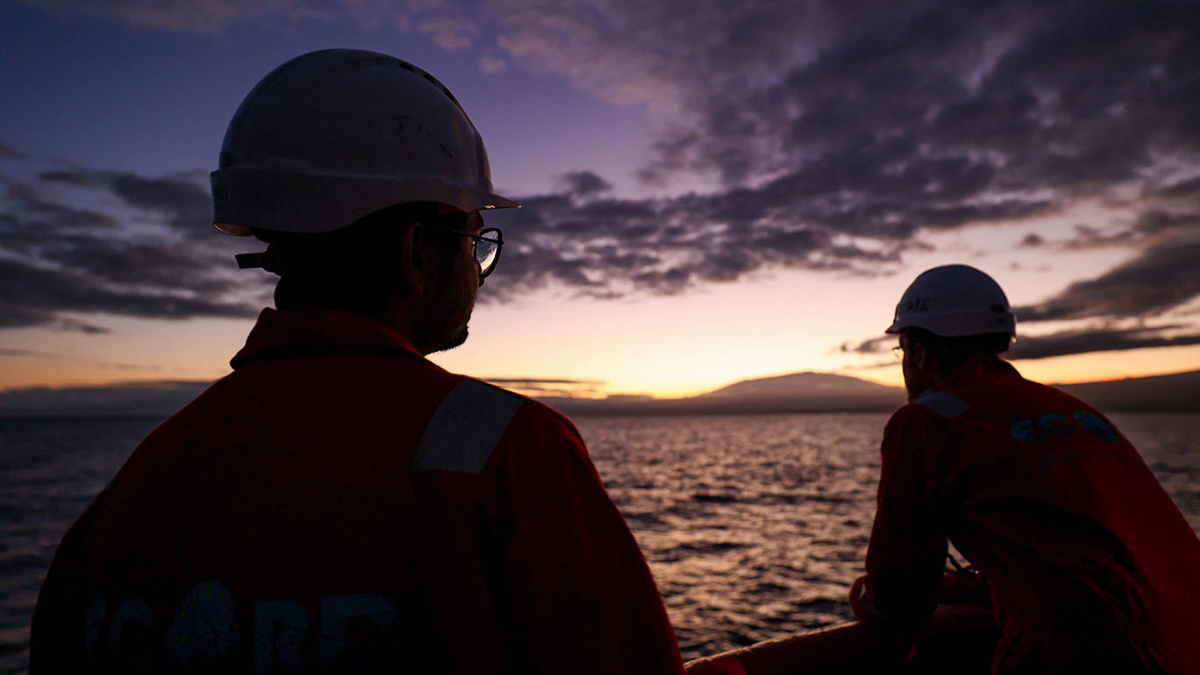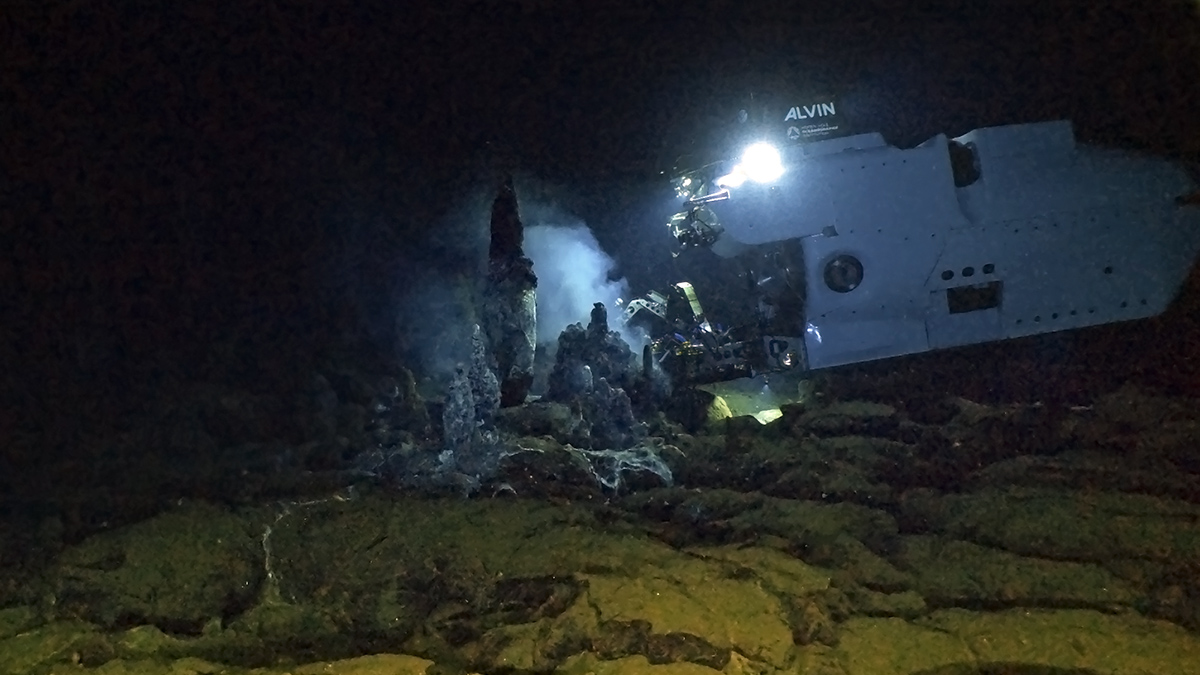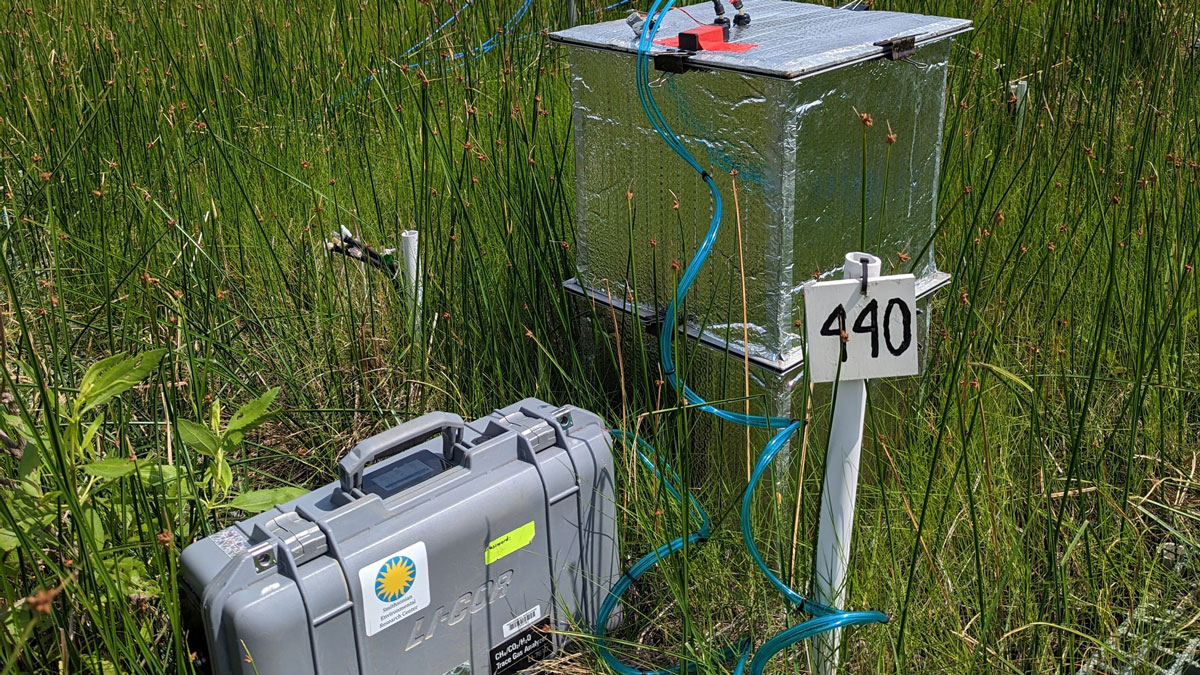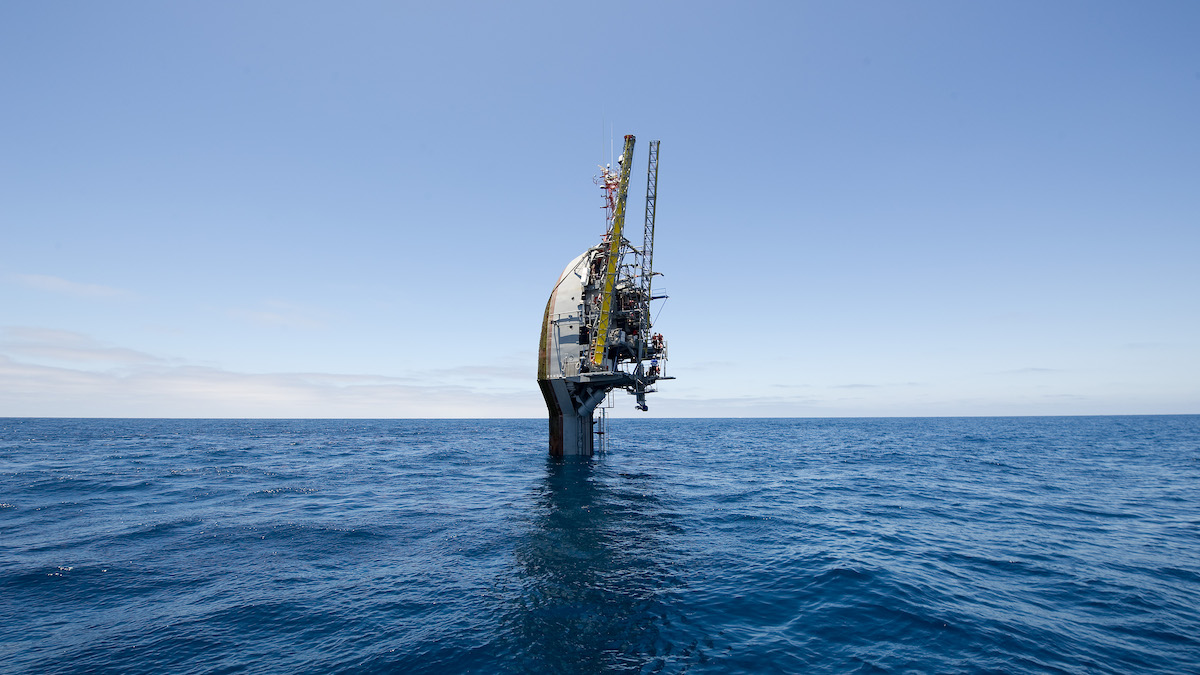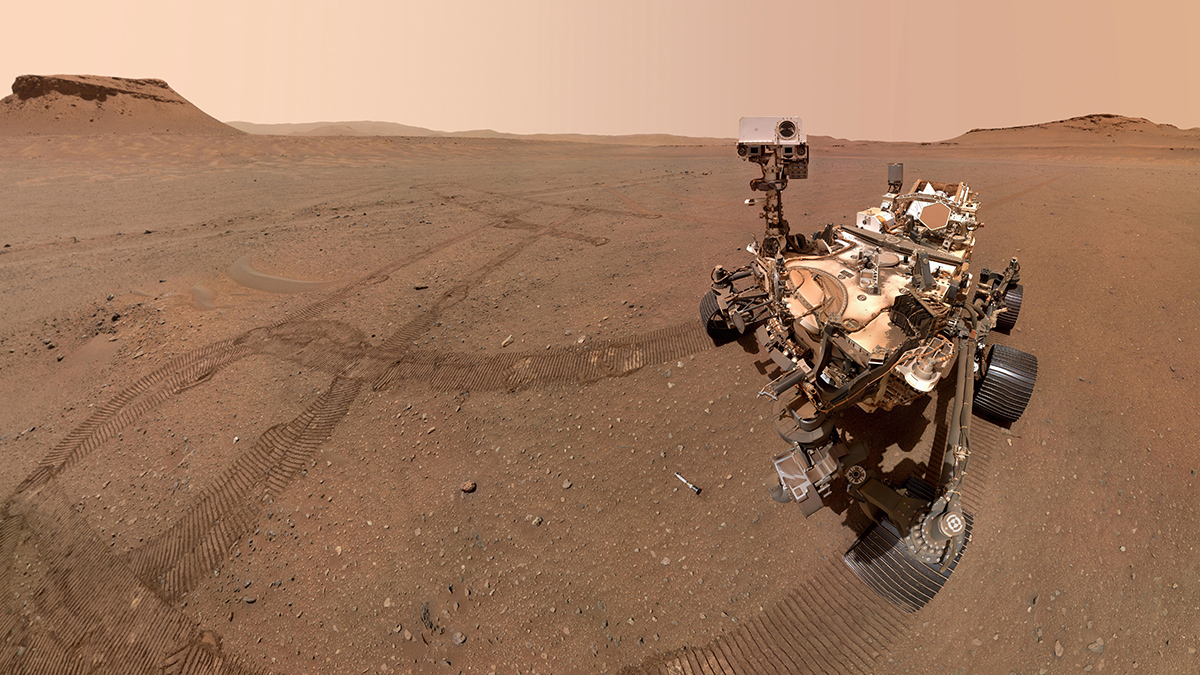Researchers set sail to study sea levels, climate, ecosystem responses, and volcanic histories over the past 500,000 years, using an innovative seabed drill to sample fossilized reefs off Hawai‘i.
cool tools
Two ROVs to Join the U.S. Academic Research Fleet
The midsize remotely operated vehicles, supported by federal grants, will help meet growing demand for submersible research vehicles.
A Dragonfly for Titan
A new eight-rotor robotic probe will head to the solar system’s most Earth-like moon. Here’s what its team is doing to prepare.
Sensing Potential, Scientists Refine Thermal Imaging of Ecosystems
At a recent “bake-off,” researchers judged thermal infrared cameras and developed guidelines for their consistent use in studying vegetation temperatures, which illuminate vital ecosystem processes.
An Upgraded Alvin Puts New Ocean Depths Within Reach
The newly retooled submersible, which has already returned fascinating new findings from Earth’s watery depths, is opening more of the deep ocean to direct human exploration.
U.S. Academic Research Fleet to Add Three Smaller, More Nimble Vessels
A dire lack of investment in oceangoing vessels means the U.S. ocean sciences community is lagging, scientists say. Three new vessels will play a part in building capabilities.
CT Scans Show How Giant Hailstones Grow
Dental office technology is giving scientists a peek inside giant hailstones.
New Software Package Helps Scientists Find Flux
An easy-to-use R package offers a more efficient way to sort through and analyze data about greenhouse gas levels collected in static chamber experiments.
Flipping Ship FLIP Freed from Fateful Trip
A beloved research vessel will have a second career after an underwater technology company saved it from the scrapyard.
El pasado, presente y futuro de traer muestras extraterrestres
La obtención de muestras de cuerpos distantes del sistema solar ha revolucionado nuestra comprensión del cosmos y del lugar que ocupamos en él.

